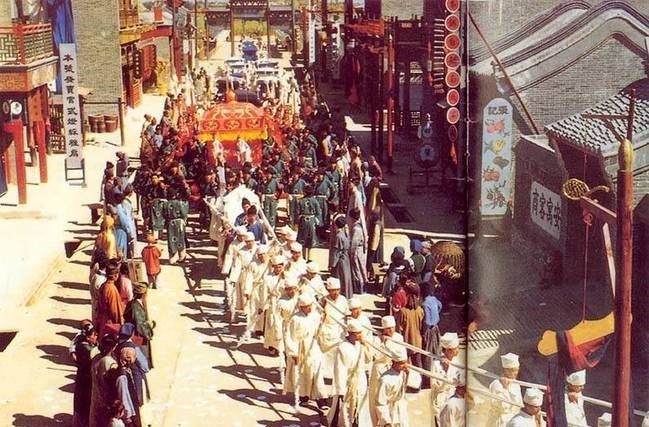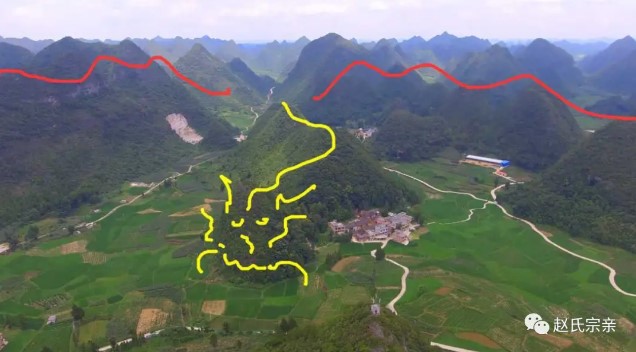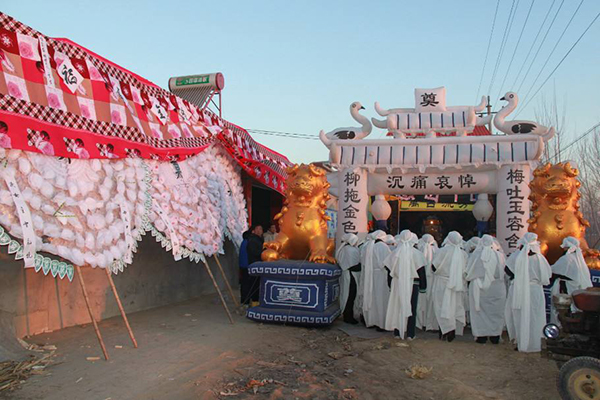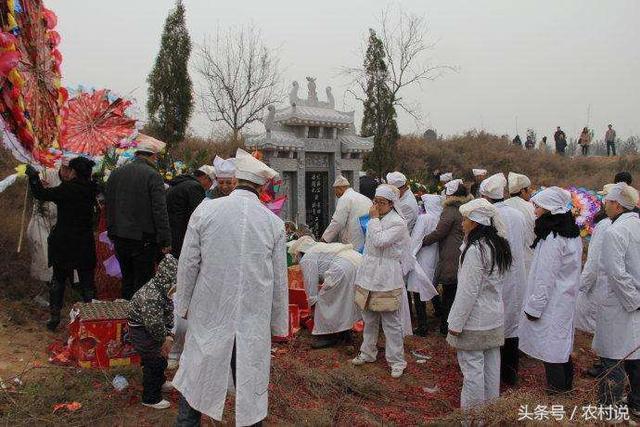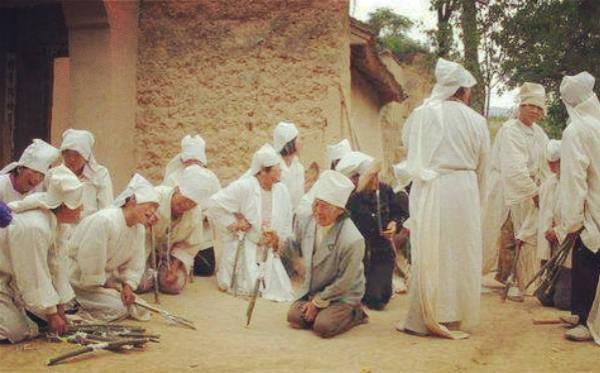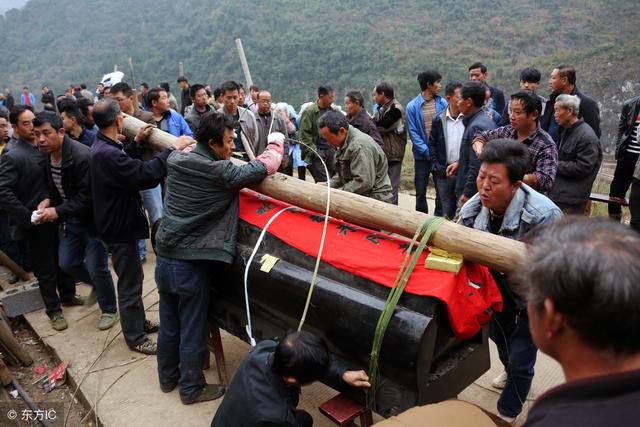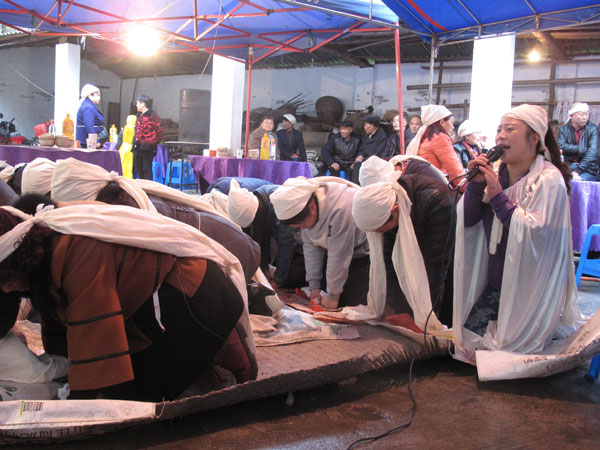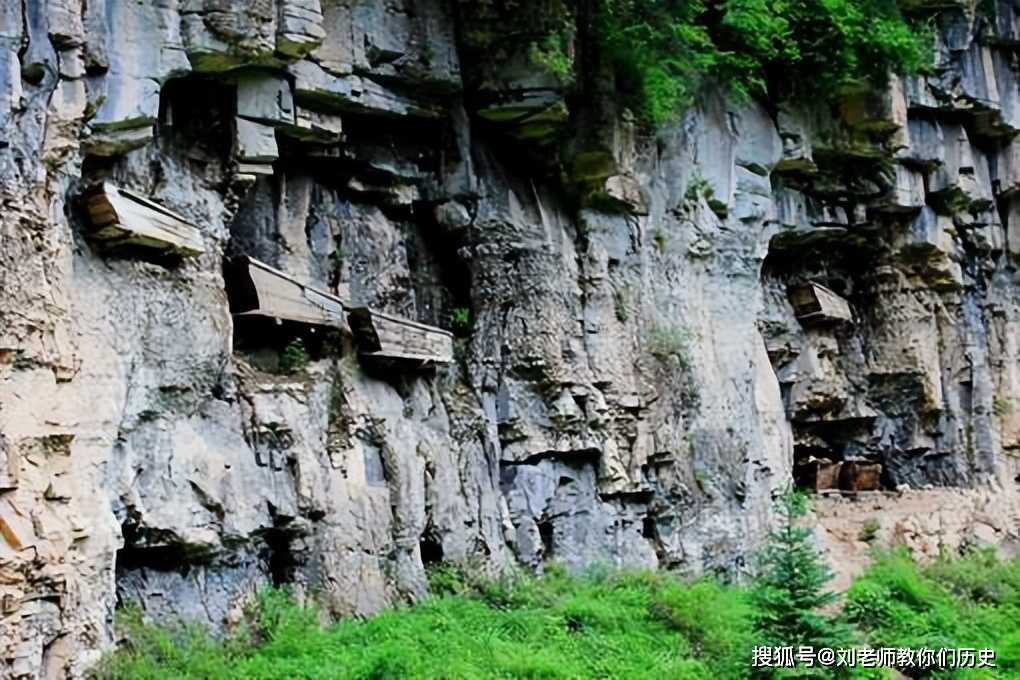4. Funeral Customs
Chinese funeral rituals originated in ancient times. Over thousands of years, through cultural development and integration, traditional Chinese funeral rites have come to incorporate both the formal rituals prescribed by Confucianism and the influences of folk customs and religion. Traditional Chinese culture believes in the immortality of the soul. Confucian culture focuses on the veneration of the deceased’s soul. Buddhism introduced concepts such as karma, reincarnation, and customs like cremation and the “seven-day rites” into Chinese funeral practices. Taoism integrated the concepts of the ten kings of the underworld, the underworld court, as well as practices like divination and geomancy into funeral customs. As a result, Chinese funeral customs have become quite complex. Although local funeral customs vary, the overall procedures and general ceremonies are similar.
Corpse Resting Ceremony
In traditional Chinese funeral culture, there is an emphasis on dying peacefully at home. When a person is near death, relatives bathe or clean the body, and dress them in traditional burial clothes, typically black cotton garments, a black hat, and black cloth shoes. The body is then moved to a designated resting place, where relatives keep vigil over the dying person in their final moments, a practice known as “resting the corpse.” It is believed that dying at home is a great blessing. When the person passes away, paper money is burned beside them to symbolize sending them off with money for their journey in the afterlife.
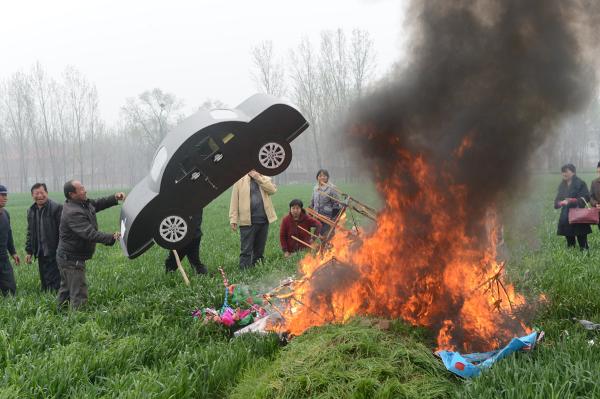
Burning paper offerings in front of a grave is a common practice in China to show respect and honor the deceased. These paper offerings, often crafted to resemble everyday items, are believed to be useful for the deceased in the afterlife. Traditionally, paper money, gold, and silver were burned, but modern offerings have expanded to include paper representations of cars, mobile phones, microwaves, refrigerators, and computers. These items reflect the family’s hopes that their loved ones can enjoy the conveniences of modern life even after death. Additionally, people might also burn paper clothes, houses, and other luxury items, symbolizing a prosperous afterlife for the departed. This practice is rooted in the deep-seated belief that the deceased continue to have needs and desires, and providing for them ensures their comfort and well-being in the next world.
Watch this video of burning money for the dead.
Death Notification Ceremony
The death notification is the first ritual following a person’s death, informing friends and villagers of the death. Different regions have different methods. In Sichuan, for example, fireworks are used to notify neighbors. A formal obituary might be posted to inform others of the death. In some places, messengers are sent to notify friends and family, but they do not enter others’ homes to avoid bringing bad luck.
Summoning and Sending Off the Soul Ceremonies
It is believed that after death, the soul wanders and cannot find its way home, preventing it from enjoying offerings or reincarnating. Therefore, after the deceased is properly placed, the family must summon the soul back home. In some regions, family members perform the summoning; in others, professional ritualists are invited. In Sichuan, a ritualist first prepares a soul-summoning banner with the deceased’s name, address, birth date written on yellow paper, and attaches it along with the deceased’s personal items, such as shoes, towels, clothes, to a bamboo or wooden pole. The family, holding the deceased’s memorial tablet, following the ritualist direction, call out the deceased’s name to give them direction coming back home.
Before burial, a soul-sending ceremony is held to guide the soul to the underworld, ensuring it does not get lost. The ritualist arranges items to create a symbolic path and bridges, holding the soul-summoning pole, while family members follow with the memorial tablet. The ritualist chants scriptures and guides the soul towards the correct path to the underworld.
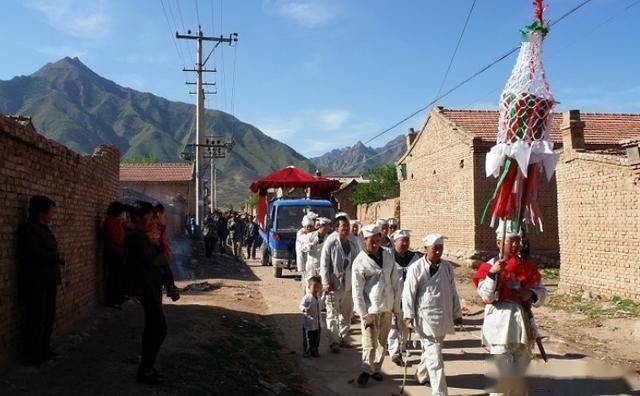
The soul-summoning banner is held by the first person in the funeral procession
Mourning Ceremony
The mourning ceremony takes place in the spirit hall, a special area set up to honor and memorialize the deceased. The hall can be at home, a funeral parlor, or a temple. Vigil, worship, and mourning activities are conducted here. A photograph of the deceased, the coffin, and floral wreaths are arranged in the hall. Nowadays, ice coffins are often used to preserve the body. A candle, known as the “eternal light,” is kept burning until the burial. An altar with offerings, incense, and paper money is set up before the coffin. Chairs, tables, refreshments, and tea are provided for guests. Friends and family offer gifts (mostly cash) and are guided to pay respects at the altar, lighting incense and burning paper money for the deceased’s spirit. Keeping vigil is an essential part of the ceremony, with family members taking turns to stay awake by the spirit hall until the burial.
Memorial Service
A memorial service is held before burial, inviting friends, family, and colleagues to share their memories and condolences. The service begins with the host announcing the start, followed by speeches from family, friends, or colleagues who recount the deceased’s life, express their grief, and offer condolences to the family. Music and photos of the deceased are often played, and attendees observe a moment of silence. After the service, the family may offer gifts or organize a meal to thank guests for their support.
Burial Preparation Ceremony
Burial preparations include both “small dressing” (dressing the deceased immediately after death) and “large dressing” (preparing the body for burial). The burial time is calculated by a geomancer to avoid conflicts with the family’s birth dates. The coffin is lined with grass paper, a quilt, and pillows at the head and foot. Mourners kneel around the coffin, placing the deceased’s cherished items and burial goods inside, symbolizing respect. Grains are scattered in the coffin to ensure the deceased is well-fed in the afterlife.
Mourning Clothes Ceremony
Traditionally, family members wear mourning clothes during the funeral and mourning period. Ancient Chinese mourning attire had five levels, indicating the relationship to the deceased. Mourners typically wear white mourning clothes, white headbands, belts made by hemp, and hemp shoes. In modern times, influenced by Western customs, mourners may wear a white flower on the left chest and a black armband.
Funeral Procession Ceremony
After the body is prepared, it is transported to the burial site in a procession known as “funeral procession” or “sending off.” A geomancer selects the date and time for burial or cremation to avoid inauspicious events. The procession is meticulously planned to prevent misfortune or disrespect to the deceased.
Mourning and Burial Ceremony
Mourning is a significant feature of Chinese funerals, with multiple intense mourning sessions, especially during the procession. All descendants must weep loudly; otherwise, it is considered unfilial. In some areas, professional mourners are hired to assist.
Burial Ceremony
The burial is a solemn event, marking the deceased’s final departure. The burial site selection is critical, involving geomancers to find a place with positive energy to ensure peace for the deceased and blessings for the descendants. The burial date is chosen carefully to avoid inauspiciousness and the curses on future generation. Traditional burial, the oldest and most widespread method, is common, though other regional customs exist, such as cliff burials (It is a funeral practice to hang coffins on beams projecting outward of cliffs, place it in caves in the face of cliffs, or sit on natural rock projections on mountain faces.) in Sichuan and Yunnan provinces and sky burials (It is a funeral practice in which a human corpse is placed on a mountaintop to decompose while exposed to the elements or to be eaten by scavenging animals, especially carrion birds like vultures and corvids.) in Tibet. The 1997 Chinese government regulations promote cremation in densely populated areas, respecting minority customs and prohibiting burial in protected or critical areas.
Post-Burial Customs
After burial, various customs continue to honor the deceased, such as the “three-day round grave,” the “seven-day rites,” “hundred-day rites,” “anniversary rites,” and “three-year rites.” The “round grave” involves offerings at the grave three days after burial. The “seven-day rites,” influenced by Buddhism, involve offerings every seven days for 49 days, with specific rituals on key days. “Hundred-day rites” and anniversary rites involve offerings and paper burning to ensure the deceased’s comfort in the afterlife. The “three-year rites” mark the end of the mourning period, with the final judgment by the underworld’s king determining the deceased’s next incarnation.
How do Chinese people view death? This video can tell you.
This video of the funeral of richest merchant in Hong Kong shows you the old Chinese funeral tradition.
The funeral in modern China hasn’t changed a lot since the old time. This video will tell you the Chinese funeral from a foreigner’s eyes.
In Tibet, the most important tradition of funeral is sky burial. Sky burial is a funeral practice in which a human corpse is placed on a mountaintop to decompose while exposed to the elements or to be eaten by scavenging animals, especially carrion birds. It is a specific type of the general practice of excarnation. It is practiced in the Chinese provinces and autonomous regions of Tibet, Qinghai, Sichuan and Inner Mongolia, as well as in Mongolia, Bhutan and parts of India such as Sikkim and Zanskar. The locations of preparation and sky burial are understood in the Vajrayana Buddhist traditions as charnel grounds. Comparable practices are part of Zoroastrian burial practices where deceased are exposed to the elements and scavenger birds on stone structures called Dakhma. Few such places remain operational today due to religious marginalisation, urbanisation and the decimation of vulture population.

